LastPass hacked - what you should do
LastPass hackers make off with password management data
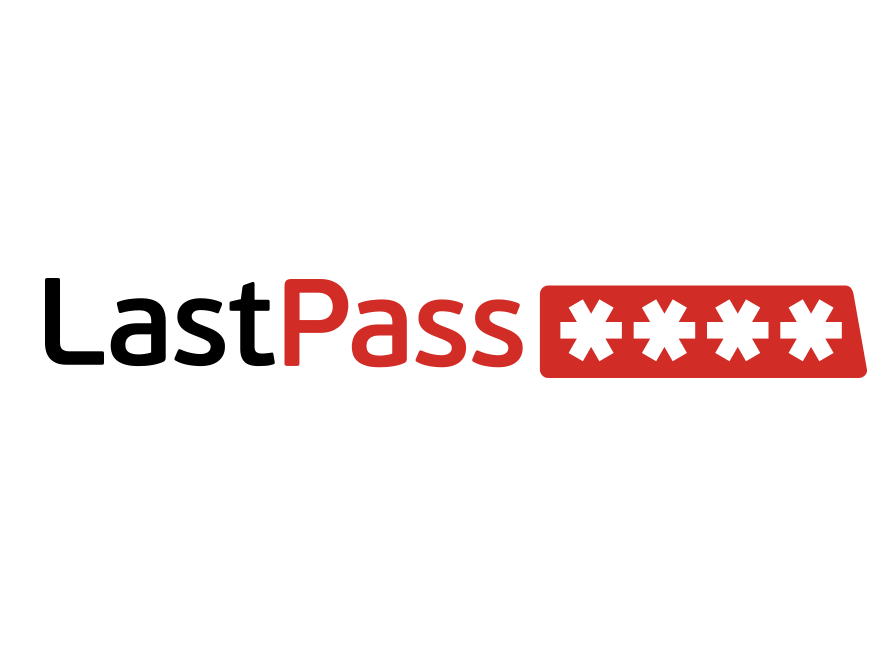

Popular password management service LastPass has been hacked, with the attackers stealing user data.
The company said it detected the intrustion when it spotted and blocked suspicious activity in its network.
While the company said it has found "no evidence that encyrpted user vault data was taken, nor that LastPass user accounts were accessed", users' email addresses and password reminders, as well as server per user salts and authentication hashes have been swiped.
In a blog post, Joe Siegrist, CEO and founder of LastPass, sought to reassure users, saying: "We are confident that our encryption measures are sufficient to protect the vast majority of users."
"LastPass strengthens the authentication hash with a random salt and 100,000 rounds of [advanced encryption techniques] PBKDF2-SHA256, in addition to the roundsperformed client-side. This additional strengthening makes it difficult to attack the stolen hashes with any significant speed," Siegrist added.
A number of security firms, including AlienVault, Malwarebytes and Rapid7 have commended LastPass for coming forward and notifying the public of the attack, and for the proactive processes it had in place to detect the intrusion.
However, they have also wanred of several secondary security issues that could arise from the hack.
Get the ITPro daily newsletter
Sign up today and you will receive a free copy of our Future Focus 2025 report - the leading guidance on AI, cybersecurity and other IT challenges as per 700+ senior executives
"The biggest cause for concern in the immediate aftermath of the LastPass breach is 'easy to guess' password reset questions and password reuse across multiple websites," said Malwarebytes analyst Chris Boyd.
"If you're still happy to use Last Pass after this attack, you must ensure you're using some of the many security options available, which include two-factor authentication and 'allow or deny' logins by geographical region," he added.
Tod Beardsley, security engineering manager at Rapid7, warned: "The fact that the attackers are now armed witha list of LastPass users by email means that we may see some targeted phishing campaigns, presenting users with fake 'update your LastPass master password' links."
"So, while further direct communication from LastPass to their users about this breach should be welcome, it should be treated with suspicion if there are any embedded links and calls to action," he added.
What to do if you are a LastPass user
Normally in situations like this, the first thing you are told to do is go in and change your password. However, this is currently not possible, as user accounts are currently "locked down".
In the case of consumer accounts, the company is in the proces of sending out emails to users with a prompt to change their master password, saying they "do not need to update [it] until you see our prompt".
LastPass has also advised that "because encrypted user data was not taken, you do not need to change your passwords on sites storeg in your LastPass vault", except in cases where they are the same as the master password.
For its enterprise customers, LastPass told IT Pro that it had contacted administrators by email on Monday evening, adding "in the interest of sevurity, we continue to advise our enterprise admins to enable the 'Master Password Strength' policies, as well as multifactor authentication.

Jane McCallion is Managing Editor of ITPro and ChannelPro, specializing in data centers, enterprise IT infrastructure, and cybersecurity. Before becoming Managing Editor, she held the role of Deputy Editor and, prior to that, Features Editor, managing a pool of freelance and internal writers, while continuing to specialize in enterprise IT infrastructure, and business strategy.
Prior to joining ITPro, Jane was a freelance business journalist writing as both Jane McCallion and Jane Bordenave for titles such as European CEO, World Finance, and Business Excellence Magazine.
-
 Google faces 'first of its kind' class action for search ads overcharging in UK
Google faces 'first of its kind' class action for search ads overcharging in UKNews Google faces a "first of its kind" £5 billion lawsuit in the UK over accusations it has a monopoly in digital advertising that allows it to overcharge customers.
By Nicole Kobie
-
 Neural interfaces promise to make all tech accessible – it’s not that simple
Neural interfaces promise to make all tech accessible – it’s not that simpleColumn Better consideration of ethics and practical implementation are needed if disabled people are to benefit from neural interfaces
By John Loeppky
-
 I love magic links – why aren’t more services using them?
I love magic links – why aren’t more services using them?Opinion Using magic links instead of passwords is safe and easy but they’re still infuriatingly underused by businesses
By Solomon Klappholz
-
 Password management startup Passbolt secures $8 million to shake up credential security
Password management startup Passbolt secures $8 million to shake up credential securityNews Password management startup Passbolt has secured $8 million in funding as part of a Series A investment round.
By Ross Kelly
-
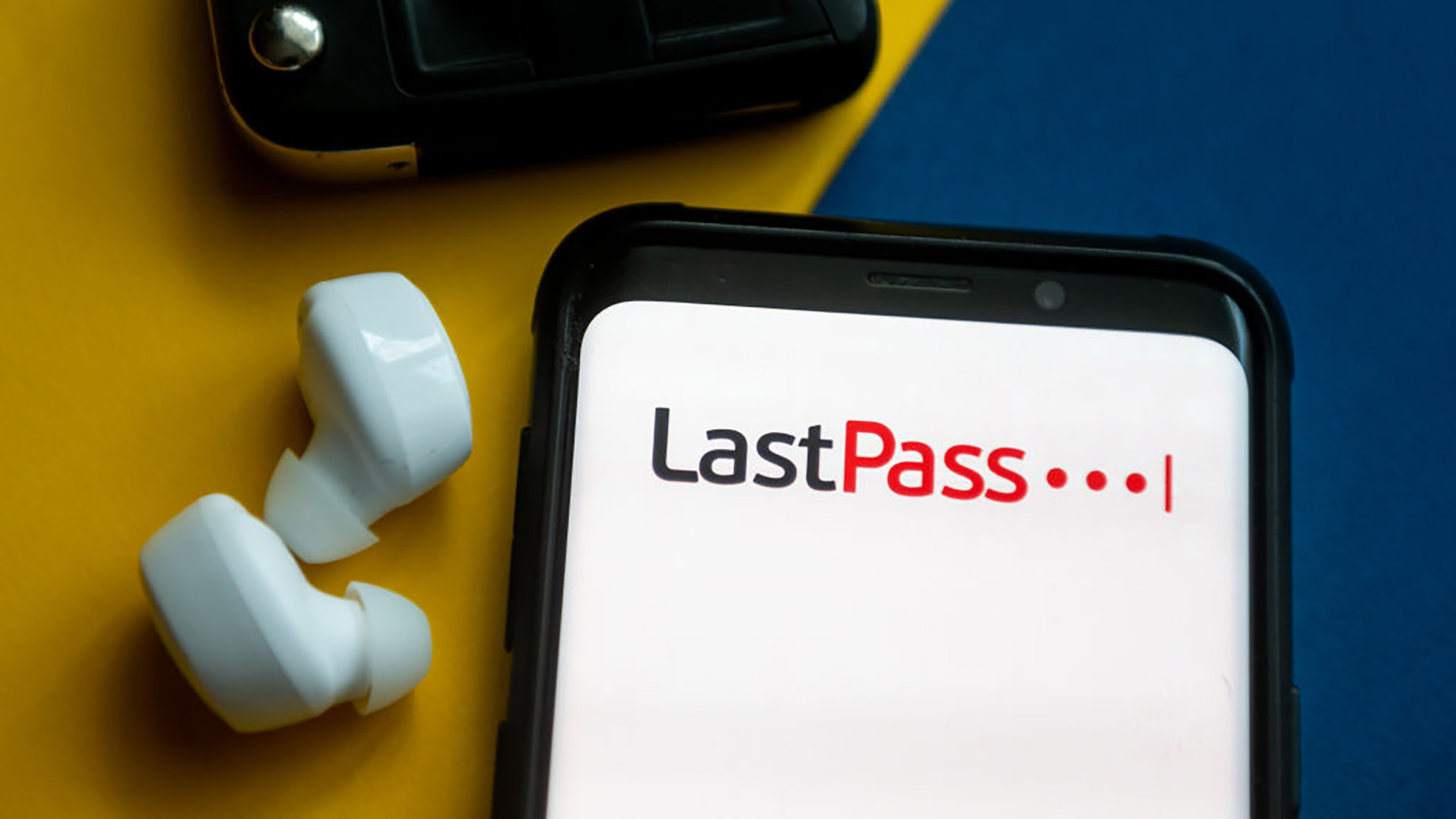 LastPass breach comes back to haunt users as hackers steal $12 million in cryptocurrency
LastPass breach comes back to haunt users as hackers steal $12 million in cryptocurrencyNews The hackers behind the LastPass breach are on a rampage two years after their initial attack
By Solomon Klappholz
-
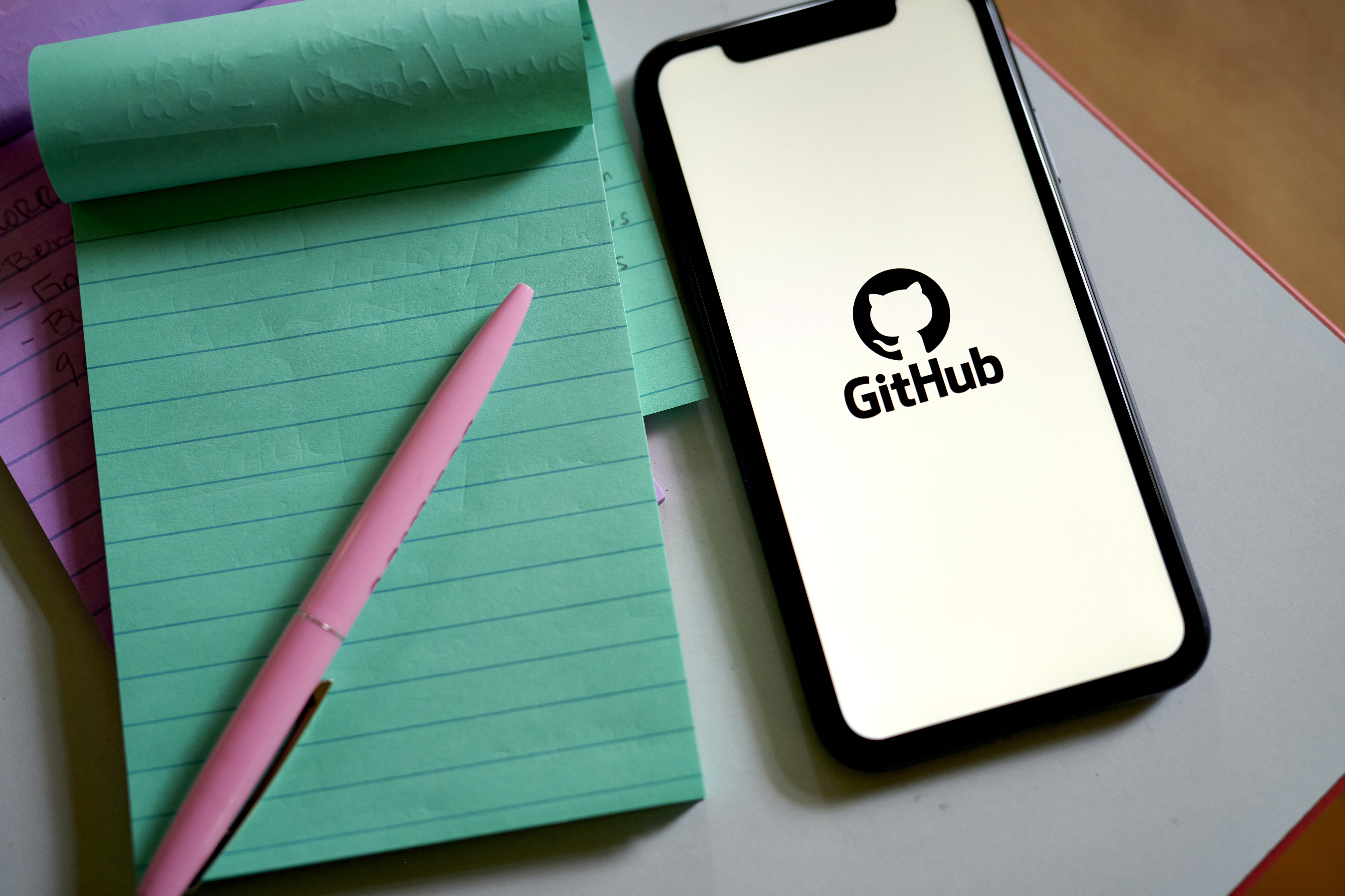 GitHub launches passkeys beta for passwordless authentication
GitHub launches passkeys beta for passwordless authenticationNews Users can now opt-in to using passkeys, replacing their password and 2FA method
By Daniel Todd
-
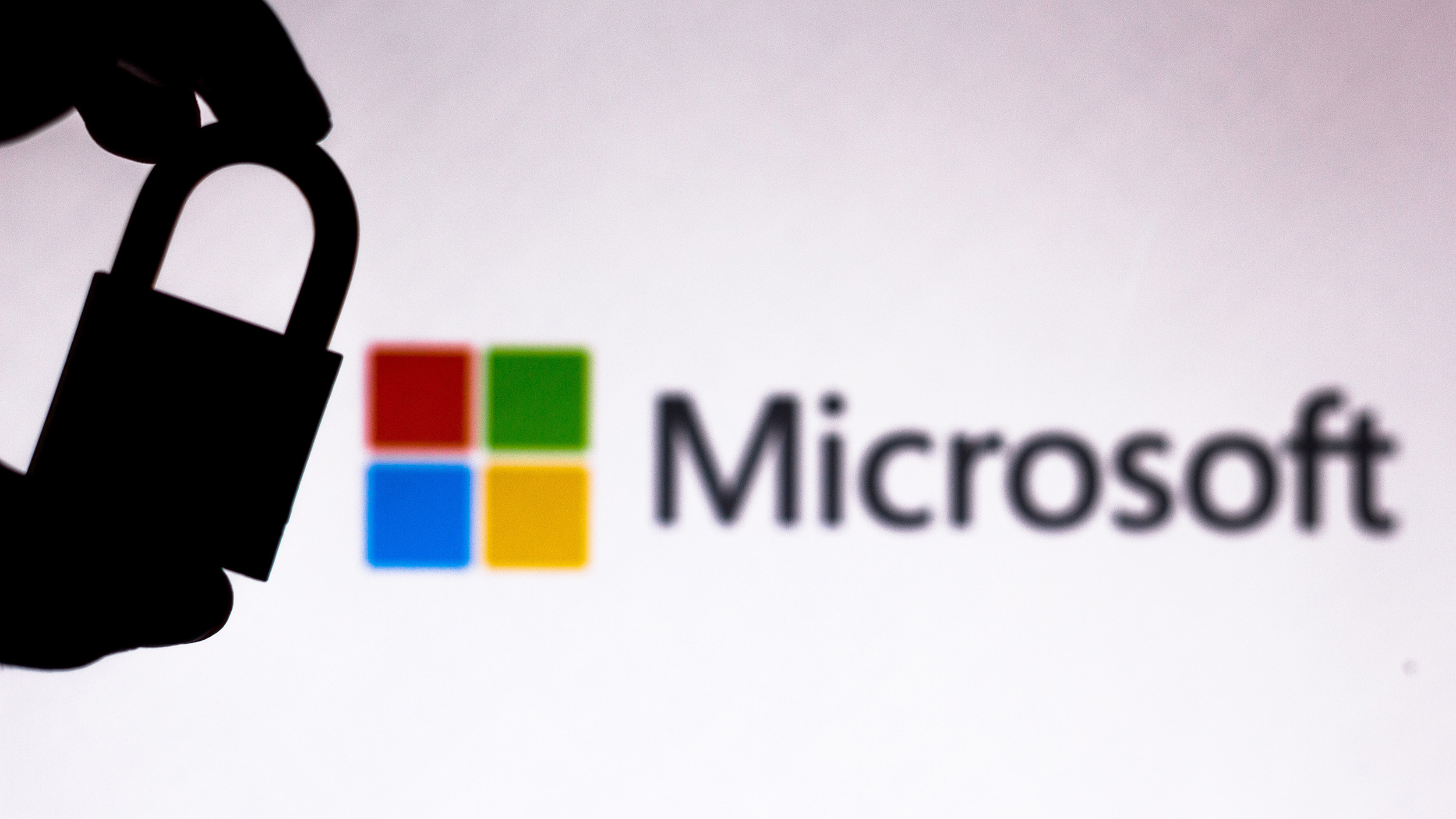 Microsoft SQL password-guessing attacks rising as hackers pivot from OneNote vectors
Microsoft SQL password-guessing attacks rising as hackers pivot from OneNote vectorsNews Database admins are advised to enforce better controls as attacks ending in ransomware are being observed
By Rory Bathgate
-
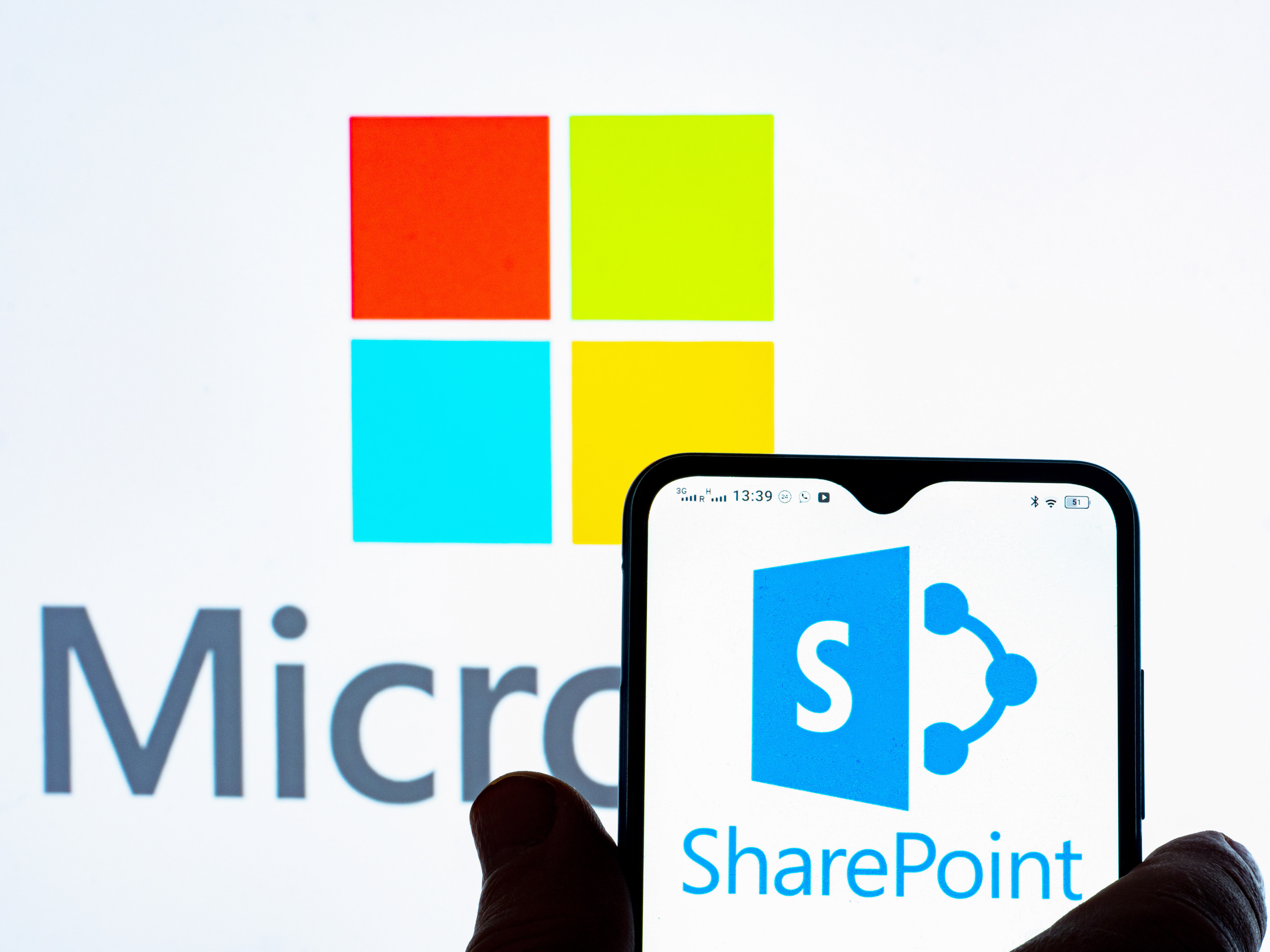 No, Microsoft SharePoint isn’t cracking users’ passwords
No, Microsoft SharePoint isn’t cracking users’ passwordsNews The discovery sparked concerns over potentially invasive antivirus scanning practices by Microsoft
By Ross Kelly
-
 Capita tells pension provider to 'assume' nearly 500,000 customers' data stolen
Capita tells pension provider to 'assume' nearly 500,000 customers' data stolenCapita told the pension provider to “work on the assumption” that data had been stolen
By Ross Kelly
-
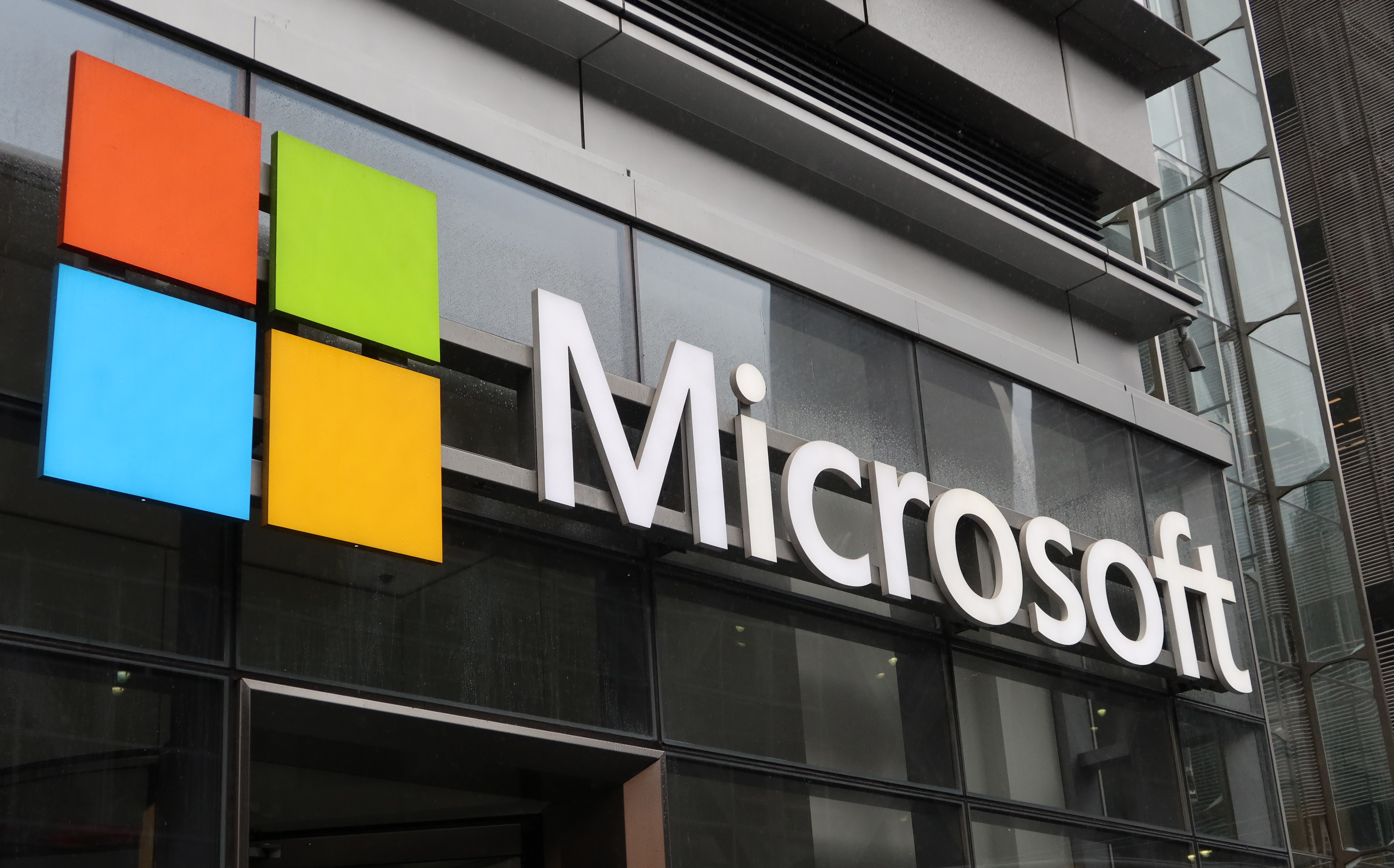 Microsoft Authenticator mandates number matching to counter MFA fatigue attacks
Microsoft Authenticator mandates number matching to counter MFA fatigue attacksNews The added layer of complexity aims to keep social engineering at bay
By Connor Jones